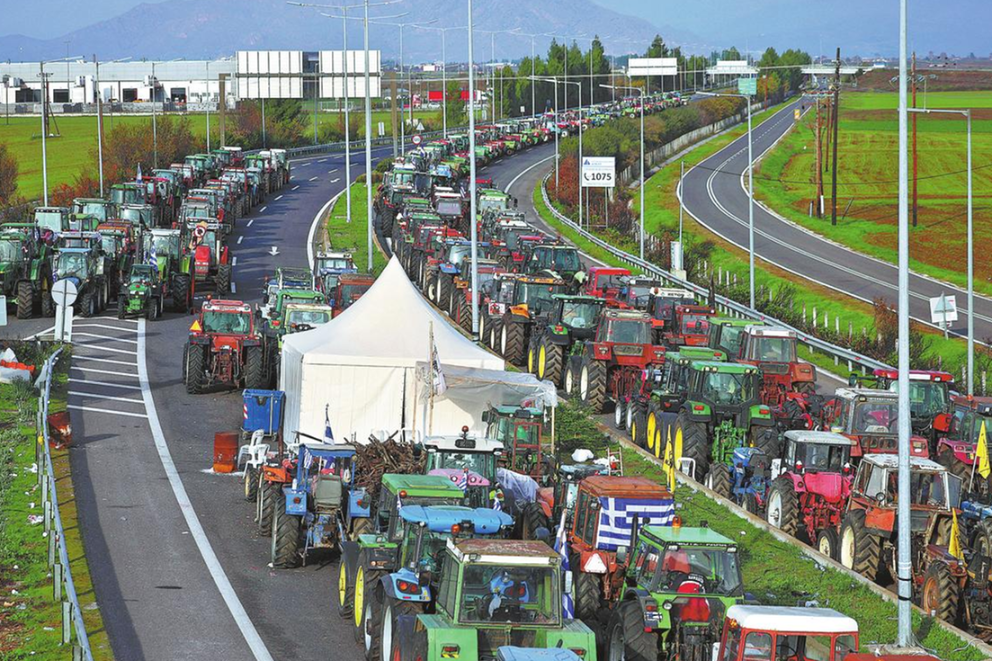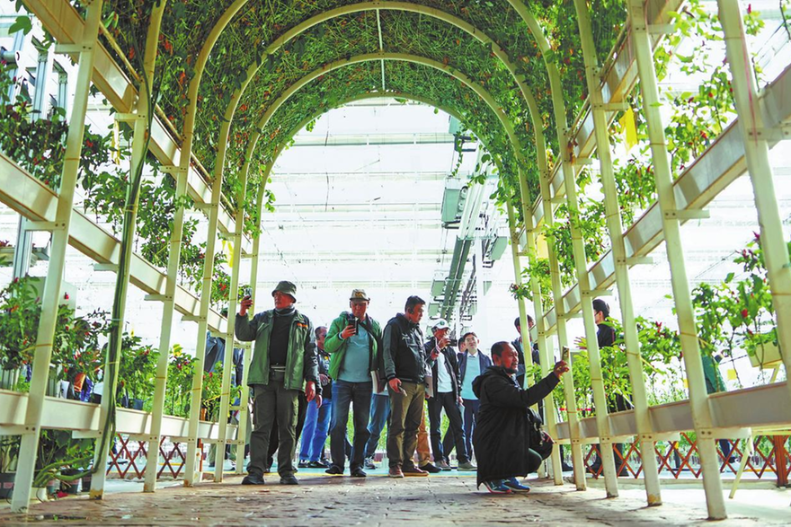Britain's seaside resorts hot spots for drug abuse deaths: study shows

LONDON - Coastal holiday resorts make up half of the top-10 towns and cities in England and Wales with the highest number of drugs misuse deaths, a report by the Office for National Statistics (ONS) revealed Wednesday.
ONS said the Lancashire resort of Blackpool, famed for its tower, topped the list of hotpots with the highest number of heroin and morphine misuse deaths.
Blackpool, the best known of Britain's seaside towns, registered 14 heroin and/or morphine misuse deaths per 100,000 people in 2016.
The level of drug misuse fatalities compares with the national average of 1.7 in England and 2.3 in Wales respectively.
In its heyday Blackpool was the most popular seaside resort in Britain, attracting hundreds of thousands of holidaymakers from the mill towns of northern England.
Its fortunes have been in decline since traditional coastal holidays fell out of favor in the 1960s, with the advent of package holidays abroad.
ONS says the resort is now the fourth most deprived town among more than 300 local authorities.
The other seaside locations to feature in the 10 areas with the highest rate of heroin or morphine misuse deaths are Bournemouth, Portsmouth, Hastings, Thanet and Swansea.
Blackpool's drugs death rate is twice as high as the inland town of Burnley, just 48 km inland from the resort, which recorded a death rate of 7.6 per 100,000 people, said ONS.
Joining Burnley as non-resort towns in the top-10 list are Reading, Hyndburn and Neath Port Talbot.
Public Health England says there is a link between areas of higher deprivation and drugs misuse, citing social factors such as housing and employment issues.
Meanwhile the Advisory Council on the Misuse of Drugs has linked an increase in heroin misuse deaths to the "deepening socio-economic deprivation since the financial crisis of 2008" added ONS in its news study.
ONS said in 2016 there were 3,744 drug poisoning deaths, involving both legal and illegal drugs, registered in England and Wales. Of those deaths, 2,593 were from drug misuse, which represents 69 percent of total deaths. In 1993 the proportion was 38 percent.
Heroin and morphine accounted for the highest proportion of drug-related deaths, reaching 1,209 fatalities in 2016, the highest since 1993 when those substances killed 155 people. It represents an eight-times increase, said ONS.
A spokesperson for ONS said:" Heroin and/or morphine is the drug used by the so-called "Trainspotting generation". Death rates from the misuse of opiates have steadily climbed between 1993 when data were first collected, and 1996. Since then they have plateaued at around 80 percent of all opiate deaths, through to 2016.
"This "Trainspotting generation", which became addicted to heroin in the 1980s and 1990s, has been cited as one of the reasons for the increase. This may also explain why the highest rate of death from drugs misuse in 2016 was among the 40 to 49-year-olds, overtaking those aged 30 to 39 years."
The term emerged after the release of an award-winning film in the 1990s which focused on a group of drug addicts living in squalor and urban poverty.
































